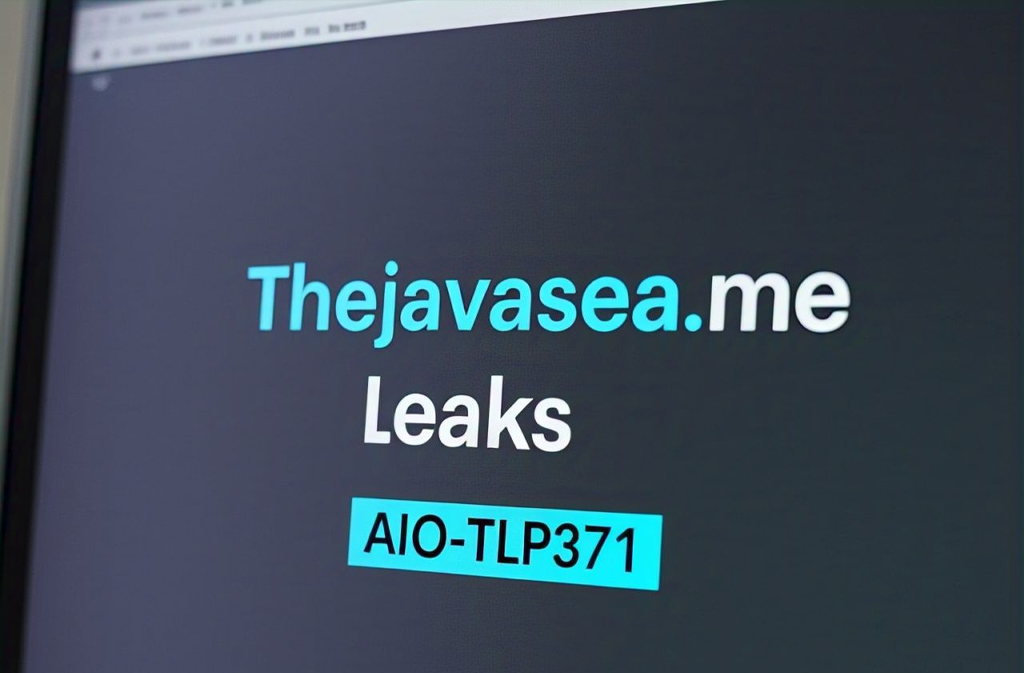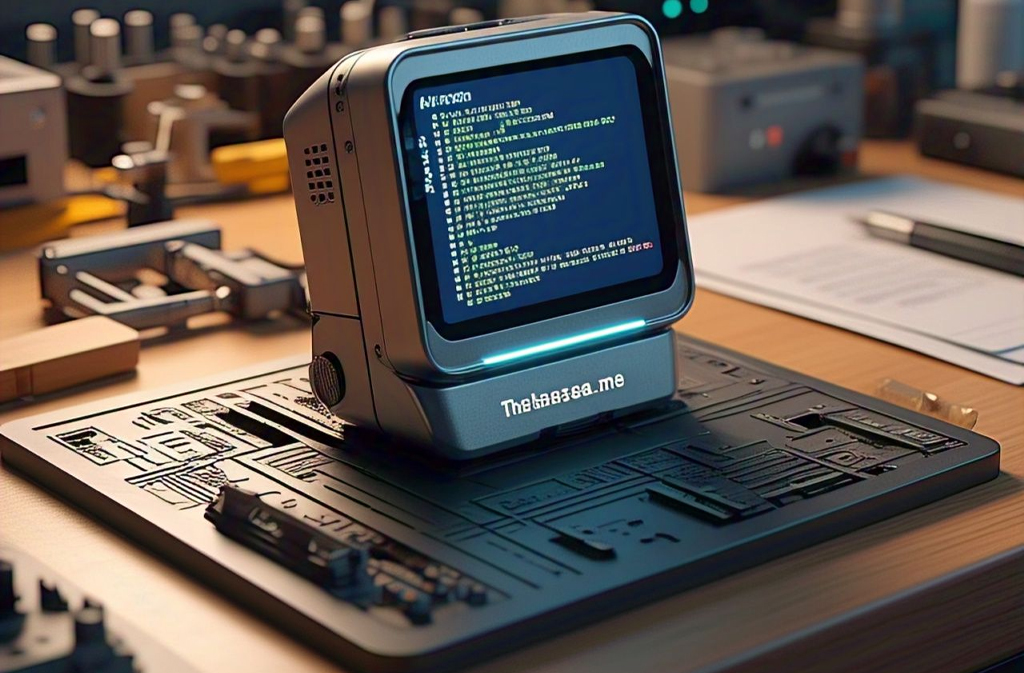In the digital age, data security is a growing concern, with cyber threats and leaks becoming increasingly frequent. One of the most significant breaches that have recently surfaced is thejavasea.me leaks AIO-TLP371. This data breach has caused alarm in both individual and corporate sectors, highlighting vulnerabilities in online platforms and digital security measures.
This article will explore everything about thejavasea.me leaks AIO-TLP371, its implications, the risks it poses, and the preventive measures that can be taken to mitigate such threats.
What is Thejavasea.me?
Thejavasea.me is an online platform that has gained attention for hosting various types of content. However, its association with cyber leaks has raised concerns regarding the security of user data. The platform has been linked to multiple breaches, with thejavasea.me being one of the most significant.
The website’s accessibility and nature have made it a hub for leaked data, drawing the attention of cybersecurity experts and ethical hackers. With an increase in data breaches worldwide, thejavasea.me leaks AIO-TLP371 has become a prime example of why digital security should never be taken lightly.
Understanding AIO-TLP371
AIO-TLP371 stands for “All-In-One – Threat, Leaks, and Pwnage.” This term describes large-scale data breaches involving multiple types of sensitive information. The thejavasea.me leaks AIO-TLP371 is an example of such a breach, where a vast amount of personal, corporate, and even governmental data has been compromised.
The significance of thejavasea.me leaks AIO-TLP371 lies in its extensive nature. The breach does not target a single entity but instead impacts a broad range of users, making it a major cybersecurity threat.

How Did the Thejavasea.me Leaks AIO-TLP371 Happen?
Cybersecurity experts believe that thejavasea.me leaks AIO-TLP371 may have occurred due to multiple vulnerabilities. Some of the most common causes of such breaches include:
- Weak Passwords – Many users and organizations fail to use strong, unique passwords, making it easier for hackers to gain unauthorized access.
- Phishing Attacks – Cybercriminals often use fraudulent emails and messages to trick users into revealing sensitive information.
- Software Exploits – Outdated software and unpatched security loopholes provide hackers with opportunities to infiltrate systems.
- Insider Threats – Sometimes, employees or insiders with access to critical data may intentionally or unintentionally leak information.
Thejavasea.me leaks AIO-TLP371 is a clear warning sign that cyber threats are evolving, and organizations need to strengthen their security practices.
The Impact of Thejavasea.me Leaks AIO-TLP371
The consequences of thejavasea.me leaks AIO-TLP371 are far-reaching, affecting individuals, businesses, and even governments. Some of the key impacts include:
1. Privacy Violations
One of the most significant dangers of thejavasea.me leaks AIO-TLP371 is the exposure of personal information. Individuals whose data has been leaked face a high risk of identity theft, fraud, and financial loss.
2. Corporate and Financial Losses
Businesses that have had their data compromised may suffer severe financial repercussions. Cybercriminals can exploit stolen data for fraudulent activities, leading to reputational damage and monetary losses.
3. National Security Risks
In some cases, thejavasea.me leaks AIO-TLP371 may contain sensitive government data. If such information falls into the wrong hands, it can pose significant national security risks, affecting diplomatic relations and defense strategies.
4. Legal and Regulatory Consequences
Organizations affected by thejavasea.me leaks AIO-TLP371 may face legal challenges, as they are required to comply with data protection laws. Failure to safeguard customer data can result in lawsuits, penalties, and loss of public trust.
Who is Affected by Thejavasea.me Leaks AIO-TLP371?
Thejavasea.me leaks AIO-TLP371 does not target a specific group; instead, it affects a wide range of individuals and entities, including:
- Everyday Internet Users – Individuals whose personal data has been leaked.
- Businesses and Corporations – Organizations whose confidential files have been exposed.
- Government Agencies – Departments that may have had classified documents compromised.
- Financial Institutions – Banks and payment processors that deal with sensitive financial data.

Preventive Measures Against Data Leaks
Although thejavasea.me leaks AIO-TLP371 has already occurred, there are steps individuals and businesses can take to prevent similar breaches in the future.
1. Strengthen Password Security
Using strong, unique passwords and enabling multi-factor authentication (MFA) can significantly reduce the risk of unauthorized access.
2. Educate Employees and Users
Training employees and users about phishing scams, social engineering attacks, and security best practices can help prevent accidental data breaches.
3. Regular Software Updates
Ensuring that all systems and applications are up to date with the latest security patches can eliminate vulnerabilities that cybercriminals exploit.
4. Implement Data Encryption
Encrypting sensitive data ensures that even if it is compromised, unauthorized parties cannot easily access or use it.
5. Monitor for Unusual Activity
Continuous monitoring of network activity can help detect suspicious behavior early, preventing data breaches before they escalate.
The Future of Cybersecurity in Light of Thejavasea.me Leaks AIO-TLP371
The rise of thejavasea.me leaks AIO-TLP371 signals the need for stronger cybersecurity frameworks. As cyber threats become more sophisticated, organizations must adopt proactive security measures to stay ahead of hackers.
Some future trends that may help in preventing similar leaks include:
- Artificial Intelligence in Cybersecurity – AI-driven threat detection can identify vulnerabilities before they are exploited.
- Zero Trust Security Model – Organizations must adopt a zero-trust approach, where no user or device is automatically trusted.
- Global Cybersecurity Collaboration – Governments and tech companies should collaborate to enhance global cybersecurity policies.
Conclusion
The thejavasea.me leaks AIO-TLP371 is a stark reminder of the importance of cybersecurity. From individual users to multinational corporations, no one is immune to data breaches. Taking proactive security measures, such as strong password management, regular updates, and data encryption, can help mitigate risks.
As technology continues to advance, so do cyber threats. The only way to combat them is through vigilance, awareness, and constant improvement of security practices. The impact of thejavasea.me leaks will be felt for years, but it also serves as a lesson for the digital world to prioritize security at all levels.

FAQs
1. What is thejavasea.me leaks AIO-TLP371?
Thejavasea.me leaks AIO-TLP371 refers to a large-scale data breach where sensitive information, including personal, corporate, and government data, has been leaked from the thejavasea.me platform.
2. How did the thejavasea.me happen?
The breach may have occurred due to weak passwords, phishing attacks, software vulnerabilities, or insider threats. Hackers exploited these security gaps to gain unauthorized access to data.
3. Who is affected by thejavasea.me?
The breach affects individuals, businesses, government agencies, and financial institutions whose data may have been exposed.
4. What kind of data has been leaked in thejavasea.me leaks AIO-TLP371?
The leak may include personal information (such as names, emails, and passwords), corporate data (financial records, trade secrets), and even government-related files.
5. How can I check if my data was compromised in thejavasea.me?
You can use online data breach checking tools or monitor your accounts for suspicious activity, such as unauthorized logins or password reset requests.
